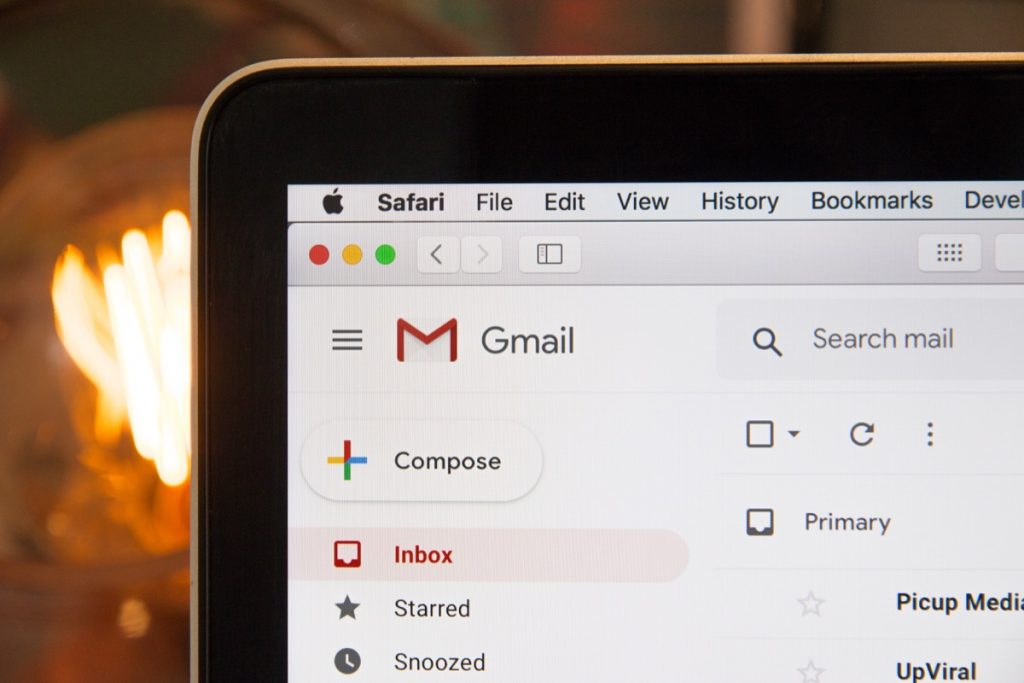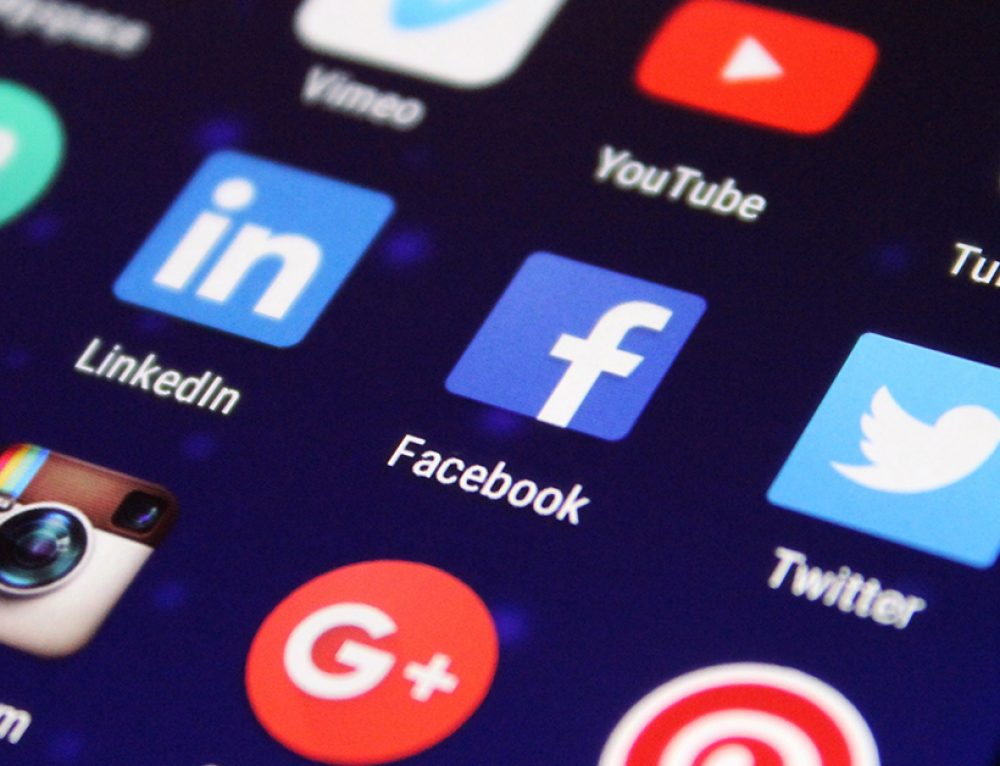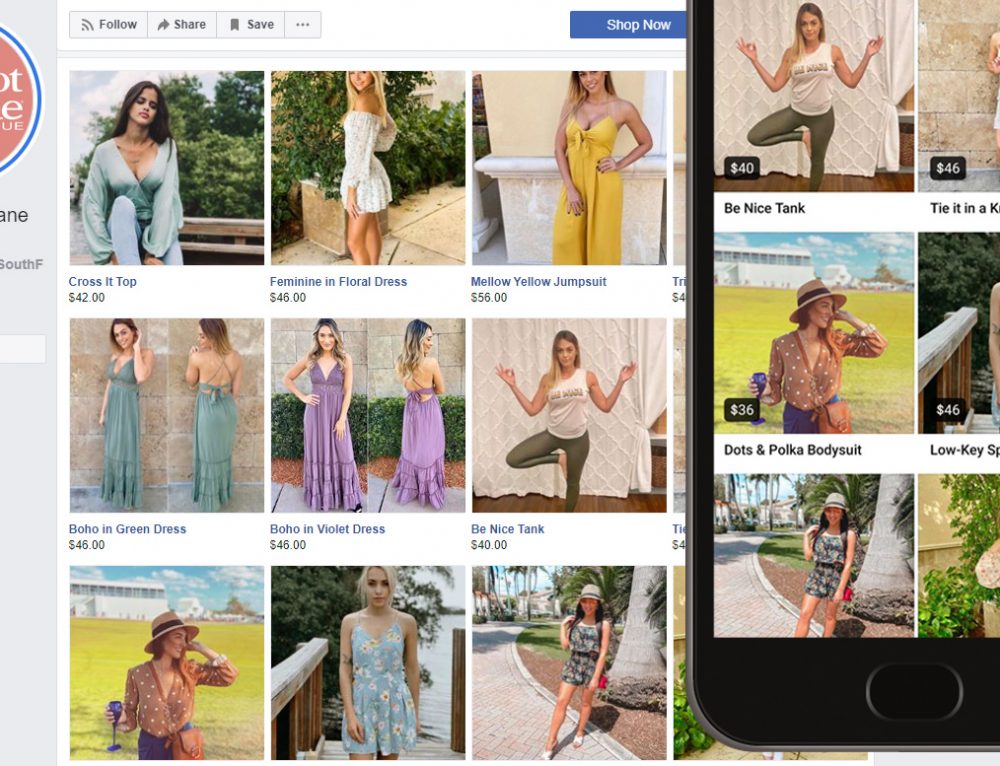
Most people don’t become customers after a single website visit. This is especially true for membership-based businesses, where becoming a customer often entails a big commitment.
That’s why you need a signup funnel to warm up your website visitors and, eventually, turn some of them into committed customers. You can help strengthen this new tool by using websites like LeadLander for sales help so that you are fully aware of what you need to do for your customers.
If your website already gets traffic, you’re in a great place to start. Getting traffic to your website can often be the hardest thing about acquiring new customers for most local businesses.
If you’re lucky enough to have organic local traffic (i.e. people who are finding your website through Google and other searches), it’s important not to let it go to waste. That’s because organic visitors are much more likely to convert than the people who find your website via advertising or some other paid channel. “When a stranger initiates a relationship with you by showing an organic interest in your business, the transition from stranger to customer is much more natural,” writes HubSpot’s Lindsay Kolowich.
Don’t waste your traffic a second longer. Use this article to build a simple, effective signup funnel for your membership business and start converting people into customers today.
Start by Directing Traffic to a Landing Page With an Offer
The first step in creating a signup funnel is to direct your local organic traffic toward a landing page that has a compelling offer that your audience will want to take advantage of. In case you were not already aware, a landing page is usually a standalone page on a website that serves a single and focused purpose. A landing page is a follow-up to any promises that have been made in your content and essentially, it encourages a visitor to become a customer. Landing pages let you make trades, provide some sort of special offer, share a piece of information or a deal, in return for providing contact information. Accordingly, you can check out resources such as this landing page optimization lesson to learn more. Ultimately, if you are looking for an effective lead conversion tool, then landing pages are vital.
The initial offer is generally something free or very low-cost, online entrepreneur Leslie Truex says. That offer could be a guide, a checklist, a consultation or anything else related to your business that offers value to a potential customer. Note that you are not asking people to sign up for your membership program here. You are merely offering something useful in exchange for someone’s contact information.
Therefore, whatever this offer is, it must be something website visitor will be willing to trade an email address or phone number for. This is the start of a trust-building program that could culminate in a sale. Now, an important thing to note here is to ensure validity of any contact information that you collect. Although the focus here is on getting the customer to share their information, as a business, you also have to do your part to make sure that all phone numbers are valid, by using a Phone Validator and similar tools. Ensuring that the information you receive is legitimate and usable becomes important if you wish to build a fruitful business. It’s not helpful if the information collected turns out to be spam, or worse, fraudulent.
The landing page where this offer will be published should stand apart from the rest of your website, says writer Joe Fylan. It should look distinctly different. “It may not have a header, footer, or sidebars, and the information available on the page is focused solely on persuading visitors to sign up. It’s not where they check out your latest blog posts or read your about page. Everything displayed on a landing page is specifically designed to guide your audience toward one thing-conversion.”
For this to happen, Fylan recommends including several of the following features:
- A call to action. This is the most important part of your landing page. It needs to be clear, bold and encourage users to take action (e.g. “Download Your Free Guide Now”).
- Excellent copy. The text on your landing page needs to highlight all of the reasons why someone should sign up for your offer.
- Testimonials. Reviews from current customers or industry experts are a great way to convince people that you have something beneficial to offer.
- A great design. The better-designed your landing page, the more reputable you, your company and your offer will look.
It’s important to pay a lot of attention to the way your website’s landing page looks and feels, writes Brian Ainsley Horn, co-founder at Digital Attention Span. It will be the first thing many potential customers see, so making a great first impression is key. Further, the better your landing page, the stronger the likelihood that visitors will sign up to your offer.

Provide Ongoing Value to Build Trust and Prove Your Worth
Don’t try to close the sale as soon as you have someone’s email address. Very few people would ever sign up for a paid membership program at this stage because they still don’t know who you are or what your company stands for. Now is the time to build up trust.
This is what makes the funnel model so useful, marketing expert Jamie Doerschuck writes. Once you’ve got someone’s email address, you can create a genuine relationship by continually providing that person with helpful content. “You deliver value to people by understanding the problems they experience trying to reach their goals and helping them overcome those obstacles,” Doerschuck says. This can take the form of free reports or video courses, or it can simply be advice in the body of an email.
What you’re not going to do is drown your subscribers in promotional emails, growth expert Jonathan Gebauer warns. “A good way of nurturing your subscribers is to use a combination of an ‘onboarding’ email sequence and regular ‘broadcast’ emails to every subscriber that has already completed the onboarding sequence.”
Your onboarding sequence focuses on creating a new relationship with your subscribers. This can be a two-way conversation, notes Gebauer. Asking questions in your emails and encouraging subscribers to reply is a great way to get to know your audience better. This can generate new insights that improve your offering.
But what you should do is train your audience to click on links, writes entrepreneur Robert Adams. “For example, you could have them click on a link of what interests them or link them to a blog post or eventually to a product or service that you’re selling, but you need to train them to build a habit of clicking on those links from the very beginning.”
But Don’t Forget to Make the Sale Eventually
After your audience has signed up for your freebie and received all of your great, free content in the middle of the signup funnel, it’s now OK to ask for the sale, says career coach Ashley Stahl. “You want to continue to engage, of course, but you also want to offer something of even more value to your customers.” You want to compel them to take action and sign up for your business immediately.
Using scarcity is a great way to increase the chances of a sale, writes content marketer Eduardo Yi. “This is, hands down, one of the most powerful tactics you can use to acquire more customers. Scarcity allows you to add a sense of urgency to the purchase.” You can do this in a number of ways, including limiting the number of memberships you are offering or running a limited-time discount.
The close doesn’t have to happen online, however, author and entrepreneur Kat Sullivan writes. “The BIGGEST mistake people are making in their sales funnel is the close. They’ll run the ads, create the incentive, get the leads – but don’t follow up or close!”
Don’t rely on emails, says Sullivan. If you have a phone number, pick up the phone. If they walk into your store, sell to them. Your funnel will be for naught if you don’t make an offer.

Most Importantly, Keep it Simple
As a local membership business, there’s no need to go over-the-top with your signup funnel. You don’t need an overly complicated or automated sales funnel to see results. You’re much better off keeping it as simple as possible.
The No. 1 mistake that most people make is creating sales funnels with too many steps in them, says marketer Brian Carter. Every stage of your funnel requires your audience member to make a decision. That means more opportunities for them to drop out.
Business coach Jenny Shih says most business owners just need to get people to visit their website, hook them with an initial offer and then send them emails to warm them up with regular mentions of their service. “That’s all there is to it! You tell people you exist, get them to your website, and tell them about your offer.”
Images by: YIFEI CHEN, Host Sorter, Adeolu Eletu





